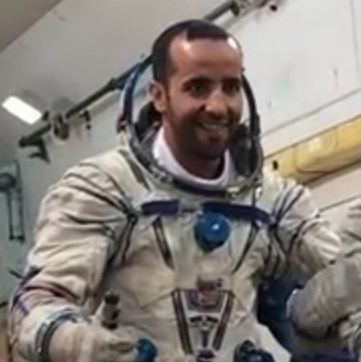Capitalism in space: in an excellent analysis of the total amount NASA will pay both SpaceX and Boeing for all their manned flights to ISS before the station retires, Eric Berger at Ars Technica has determined that the agency will essentially pay Boeing twice as much per flight.
In 2014, NASA narrowed the crew competition to just two companies, Boeing and SpaceX. At that time, the space agency awarded Boeing $4.2 billion in funding for development of the Starliner spacecraft and six operational crew flights. Later, in an award that NASA’s own inspector general described as “unnecessary,” NASA paid Boeing an additional $287.2 million. This brings Boeing’s total to $4.49 billion, although Finch told Ars that Boeing’s contract value as of August 1, 2022, is $4.39 billion.
For the same services, development of Crew Dragon and six operational missions, NASA paid SpaceX $2.6 billion. After its initial award, NASA has agreed to buy an additional eight flights from SpaceX—Crew-7, -8, -9, -10, -11, -12, -13, and -14—through the year 2030. This brings the total contract awarded to SpaceX to $4.93 billion.
Since we now know how many flights each company will be providing NASA through the lifetime of the International Space Station, and the full cost of those contracts, we can break down the price NASA is paying each company per seat by amortizing the development costs.
Boeing, in flying 24 astronauts, has a per-seat price of $183 million. SpaceX, in flying 56 astronauts during the same time frame, has a seat price of $88 million. Thus, NASA is paying Boeing 2.1 times the price per seat that it is paying SpaceX, inclusive of development costs incurred by NASA.
Despite the larger payments to Boeing, the company could very well lose money on Starliner. The higher cost to NASA from Boeing is due almost entirely because the agency was absorbing more of its initial development cost. SpaceX’s Dragon capsule had already been flying cargo missions to ISS when these manned contracts were awarded. SpaceX merely had to upgrade its manned capsule. Boeing had to design and build it from scratch. Moreover, the contracts were fixed price, which means Boeing had to absorb more than a half billion in additional costs when it had to refly the unmanned demo flight of Starliner.
Finally, because of the delays, Boeing won less NASA business. It also has gotten none of the private commercial manned flights that are going on right now. Those contracts went to SpaceX, including all the profits. Whether Boeing can eventually win some private contracts down the road is unknown. It will certainly have to lower its price to compete with SpaceX.

